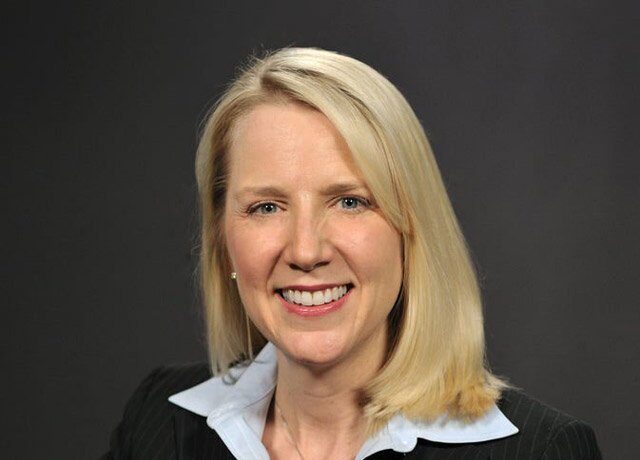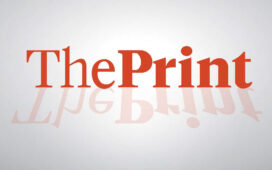With the right investments, these accounts can be almost as tax-efficient as retirement accounts, she says.
Even though taxable investment accounts lack the powerful tax breaks unique to formal retirement vehicles, pre-retirement savers and retirees alike may benefit from allocating funds to tax-efficient, non-retirement portfolios.
While retirement vehicles like 401(k) accounts and IRAs provide various tax advantages, such as deductions on contributions, tax-free withdrawals and tax-deferred compounding, they can also limit flexibility, Christine Benz, Morningstar’s director of personal finance and retirement planning, noted in a recent column.
Penalties for early withdrawals, caps on contribution amounts and limited investment choices can constrain retirement account investors, said Benz, who has developed several suggestions for tax-efficient model portfolios for those who’d like to tap into the “maximum flexibility” available in taxable accounts.
Besides the ability to save as much as possible, withdraw funds without penalty and invest in virtually anything, taxable accounts also offer supersavers another option once they’ve maxed out their tax-sheltered retirement accounts, she said.
“And if you’re careful with investment selection, your taxable account can be nearly as tax-efficient as your retirement accounts,” Benz wrote.
Maxing out those tax-sheltered IRAs and 401(k)s remains good advice, Benz noted in an interview with ThinkAdvisor recently.
“Most investors do start at least with the tax-sheltered accounts,” and they should, given that advantages like deductions on contributions to traditional IRAs and tax-free withdrawals from Roth accounts “are very valuable things,” she explained.
Short- or intermediate-term needs, such as saving for a down payment on a home, remodeling projects or a lake house, are another use case for investing in non-retirement funds, Benz noted.
When Benz does portfolio makeovers, she finds investors often have been stuck with tax-inefficient holdings, so she aimed to address that perennial problem.
Model portfolios for tax-efficient investing in taxable accounts aim to limit dividend and epecially capital gains distributions, she said. Tax-managed mutual funds, index funds and exchange-traded funds can become key components in such portfolios.
Since mutual fund holders are in the throes of capital gains distribution season, the tax-efficient model portfolio suggestions might light a fire under some investors, she said.
Benz organized her model portfolio suggestions to match different investors’ life stages and investment styles. The portfolios comprise Morningstar Medalist mutual funds and ETFs, and are all oriented toward retirement, she wrote.
The Morningstar retirement planning expert said Morningstar provided the portfolios for educational purposes to illustrate sound tax-management techniques for individuals and isn’t selling tax-efficient model portfolio products.
Taxable Account Investing for Retirees
Benz developed one model portfolio group specifically for retirees who are actively drawing from their accounts.
The portfolios in this group all use a three-bucket approach: a liquidity bucket for up to two years’ worth of spending, high-quality municipal-bond funds in another bucket for another five to eight years’ worth of portfolio withdrawals, and the rest invested in globally diversified stocks.
Each model includes aggressive, moderate and conservative versions, with aggressive aimed at younger retirees withdrawing about 4% a year, and conservative portfolios, holding more cash and bonds, geared to older retirees with a decade life expectancy and a 6% withdrawal rate. Moderate portfolios are in between and assume a 5% spending rate.
Benz developed two “core’ bucket portfolios for retirees, one focused on mutual funds and the other on exchange-traded funds, as well as “ultra-streamlined” minimalist portfolios and versions designed for investors who want to keep all their investments at either Vanguard, Fidelity, Schwab or T. Rowe Price.
For one example, her core moderate tax-efficient retirement-bucket portfolio for ETF investors anticipates at least a 15-year time horizon and an average risk tolerance. Benz recommends a target 50% stock, 10% bond and 10% cash mix.
She recommends a 35% portfolio investment in the Vanguard Total Stock Market ETF (VTI) and 15% in the Vanguard Total International Stock Market Index ETF (VXUS) for the stock bucket, and 25% in the Vanguard Tax-Exempt Bond (VTEB) and 15% in the Vanguard Short-Term Tax-Exempt Bond (VTES) ETFs for the bond bucket.
Retirement Savers’ Choices
Benz designed a different group of model portfolios for retirement savers, with the same category types as those she crafted for retirees: core mutual fund and ETF portfolios and those specifically for minimalists and for investors with accounts at Vanguard, Fidelity, T. Rowe Price and Schwab.
These portfolios don’t need a bucket approach because investors aren’t drawing from them for retirement spending, but time horizons do play a key role, Benz wrote.
Each pre-retirement model series has aggressive versions for early-career savers, moderate for “mid-career accumulators” and conservative for those planning to retire within a decade. Morningstar Lifetime Allocation Indexes inform the asset allocations.
Like the retirement bucket portfolios, the retirement savers portfolios rely mostly on tax-efficient stock index funds and ETFs and municipal bond funds, Benz wrote, adding that taxable bonds may yield more than munis for some investors.
For the moderate tax-efficient retirement saver portfolio for ETF investors with 20- to 25-year time horizons, Benz recommended an 80% stock, 20% bond mix, with 48% invested in the Vanguard Total Stock Market ETF (VTI), 32% in the Vanguard Total International Stock ETF (VXUS) and 20% in the Vanguard Tax-Exempt Bond ETF (VTEB).
Pictured: Christine Benz


